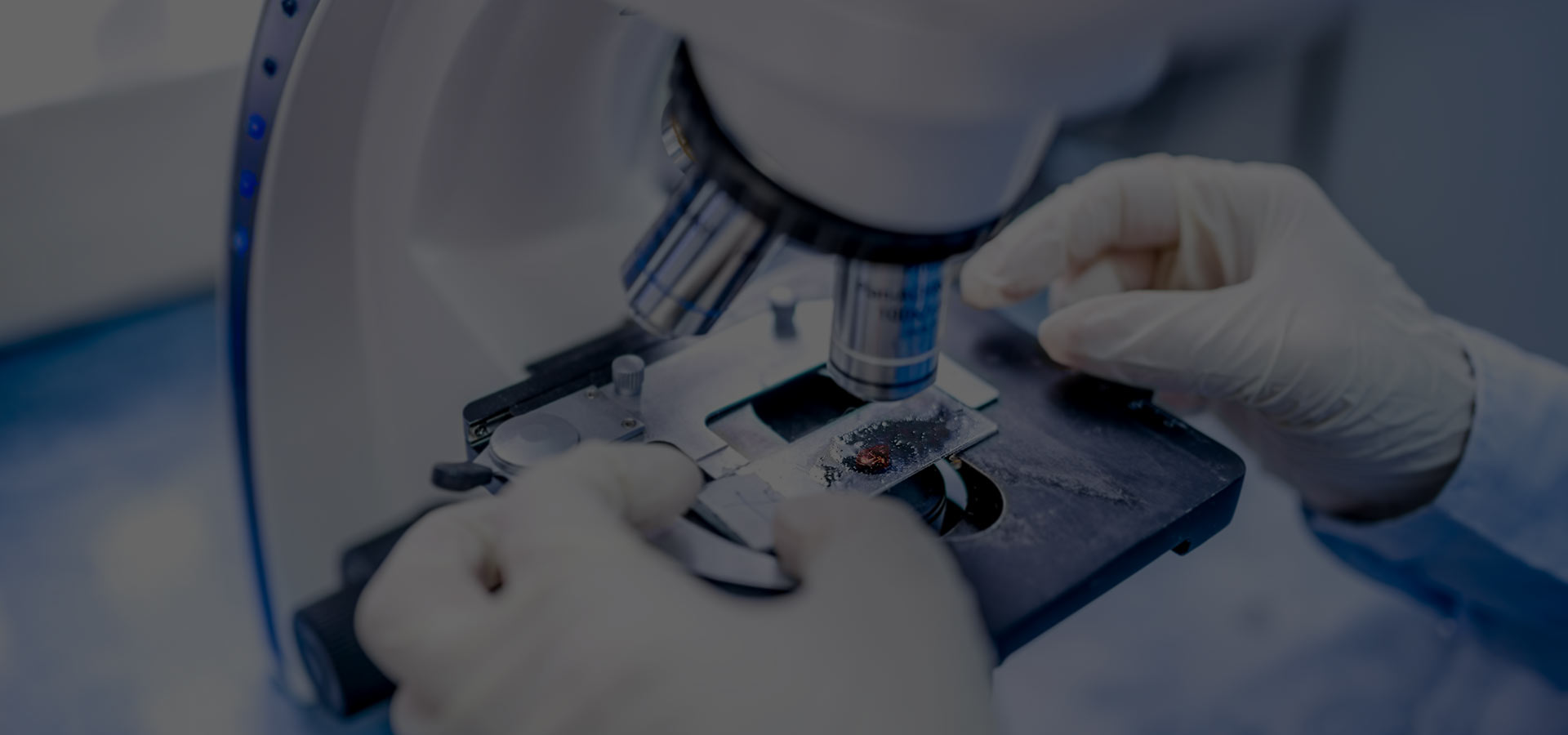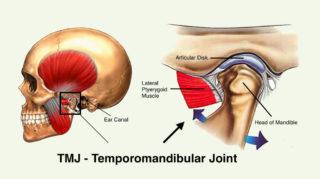TMJ Treatment
The infamous jaw disorder more formally referred to as Tempromandibular joint disorder… Most people when you ask them have heard about TMJ or at least have an idea of what it is. Below we discuss various symptoms, diagnoses and causes of this jaw disorder and also how to prevent it before it becomes an issue. Read on to learn about tempromandibular joint and all the different aspects of this particular dental diagnosis.
What is the TMJ?
TMJ really stands for Tempromandibular joint which is essentially the small joint that sits adjacent to the ear socket in the back half of the jaw region. TMJ unfortunately is no joke and haunts a lot of patients. The truth is, TMJ is preventable and also easier to diagnose than many think. There are ways to prevent TMJ before it causes an issue and even ways to make sure that there is never any issues with your tempromandibular joint.
So what is TMJ in terms of preventative medicine and more specifically dentistry? TMJ is when the jaw bone becomes painful, inflamed and irritated. Most people describe TMJ as “pain and discomfort and compromised movement of the jaw joint and the surrounding muscles.” according to Mayo Clinic. The true name for TMJ when it relates to dentistry is TMD which is an acronym for Tempromandibular Disorder, however most people still refer to it as TMJ so we will use that in this article.
With that said, TMJ can be treated as long as it is addressed quickly after it starts – the longer you wait the harder it is to fix the problem at hand. There are a variety of risk factors and associated problems that span from jaw pain and issues but as long as you see a dental surgeon or TMJ specialist that can identify the issues, there is a great prognosis moving forward that the disorder will subside! Read more below to find out the causes of this disorder and how it can be easily prevented.
What causes TMD?
Why the actual cause of the TMJ is hard to detect in most patients, the subsequent pain can be a combination of a variety of factors or contributed to one single factor – it is often hard to distinguish and diagnose based on one symptom. However, possible complications that can cause TMJ are arthritis, jaw injuries including trauma, aggrivation, or tenderness of the jaw including clenching, bruxism (grinding the teeth) and a myriad of other jaw related issues. The good news is that TMJ can be treated and often times patients find relief after identifying the possible causes and being aware to stop or alter that behavior. The most common types of jaw pain are caused from bruxism and teeth clenching. You can read more about it here.
What are the symptoms of TMJ & TMD?
The symptoms of TMJ and TMD can really vary depending on the patient and the current issues that are present. For some, pain in the tempromandibular joint can be caused from recent trauma to the facial region while for others pain in the jaw and related issues can be a result of having clenching during the night, or grinding during the night (Bruxism) or possibly from biting the nails. There is a myriad of symptoms related to jaw pain and it is often hard to place the finger on one possible outcome. However, there is a common trait amongst all the symptoms and that is pain and swelling in the TMJ region and that can easily be prevented by seeing a TMJ specialist and having them help to identify the issues surrounding your TMJ. With that said, a good rule of thumb to ease the pain is to take anti-inflammatory medicine. A holistic dentistry approach to this jaw disorder is to eat foods that are naturally anti-inflammatory that help to reduce the inflammation in that area and in turn will help to reduce the pain and the swelling.
Common symptoms include the following:
- Pain or Tenderness of the jaw region
- Pain in one or both sides of the TMJ (tempromandibular joint)
- Dull Aching pain in the ear region and around the ear
- Difficulty chewing, difficulty opening the mouth
- clicking of the jaw when opening the mouth
- Aching Facial Pain (Referred pain) spread throughout the facial region
- Locking of the TMJ Joint and difficulty opening and closing the mouth
There are other symptoms that can be more specific to individual cases but overall this is common across the board when it comes to symptoms arising from TMJ and TMJ related pain and complaints.
What is the risk factors for TMJ Syndrome?
So what are the risk factors of TMJ? Well, there a quite a few risk factors that can add to the chances that one develops pain in the jaw and this disorder. Below we outline a few of the ways that patients increase their chances of developing a tempromandibular related injury.
-Various types of Arthritis
-Osteoarthritis
-Jaw Injury such as trauma or malignant pressure caused from outside forces
-Long Term chronic grinding of the teeth and clenching of the jaw (most common)
-Connective tissue issues that cause some type of interaction in the TMJ joint region
How do dentists diagnose TMJ?
Diagnosing TMJ as stated above, can be a cumbersome task to complete. While there is usually never one symptom that correlates to jaw pain, it is hard to diagnose TMJ as the root cause of an issue. Sometimes outside influences such as the symptoms listed above, can determine the pain and the inflammation in the joint and thus the issue (and the solution) arises not from the tempromandibular joint but rather in the factors that are contributing to the pain in the joint.
With that said, diagnosing the jaw pain is still done by dentists, dental surgeons and TMJ specialist and although it sometime takes awhile to be sure of the diagnosis, your dentist will carefully assess your mouth and make sure that the diagnosis correlates to your pain and inflammatory response in the jaw region.
If the pain persists and more intervention is needed, the doctor may recommend one of the following methods outlined below to help treat the TMJ. Read on to see more about TMJ and the treatment for TMJ.
What is the treatment for Tempromandibular syndrome?
So what is the treatment for TMJ? Luckily in most cases this type of disorder goes away by itself. However, if the disorder does not go away, or if the symptoms persists, your dentist may recommend that you seek advise from a specialist. They will be able to help you further in diagnosing the causes of your irritation in the joint, how to lessen the pain and prevent it from coming back as well as the various treatment options that are available to treat the condition. Below we will outline a few of the ways that TMJ is treated, read on to see how:
Medications:
When other options don’t work, here are a list of common medications that are prescribed to help the pain, and discomfort arising from tempromandibular joint issues.
Pain Relievers:
When over the counter anti-inflammatory conditions are not working, many people turn to pain relievers diagnosed by dental professionals. This type of pain reliever can be beneficial in treating and reducing the pain from this disorder.
Tricyclic Antidepressants
This type of medication is most commonly used for treating depression but in small doses it can beneficial for treating pain as well as controlling bruxism and grinding of the teeth.
Muscle Relaxants
Muscle relaxants can help to relax the jaw region and therefore reduce the pain and discomfort in the jaw and in the tempromandibular joint.
Therapies:
Non drug related therapy to help pain and discomfort in the jaw.
Oral Splints:
These type of devices are placed over the teeth and inside of the mouth to help alleviate pain and swelling in the jaw area.
Physical Therapy:
Physical therapy can be beneficial in treating and preventing TMJ and help to strengthen the jaw and lower the inflammatory response in the jaw region.
Counseling:
If the underlying reasons for TMJ are related to stress, grinding of the teeth or clenching as a result of psychological issues, counseling can be beneficial in reducing and eradicating the causes of the pain and inflammation in the jaw region and help the patient to control their clenching and grinding of the teeth.
Surgical procedures:
Surgical procedures to help alleviate pain and swelling in the jaw region when drugs and therapies cannot help the issue.
Arthrocentesis:
Arthrocentesis is a minimally invasive surgery where small needles are placed inside of the joint to help reduce debris and other inflammation and help remove the cause of the facial and jaw pain.
Injections:
For some patients, Botox can help to eliminate or at least reduce the pain and help the inflammatory response in the jaw area.
TMJ Arthoscopy:
Sometimes arthoscopy can be beneficial in treating and curing the pain felt in the jaw region. However, it is not always certain and should be fully determined before undergoing this type of surgical procedure.
Modified condylotomy:
This type of surgery can be beneficial to eliminate and reduce jaw locking. While it does not directly affect the joint, the surgery occurs on the mandible which can help to alleviate the pain and problems associated.
Open-joint surgery:
Open Joint surgery is a good choice when the underlying jaw issues is caused from structural problems. This type of surgery aims to fix the structural issue and correct it resulting in the jaw having the appropriate room and space to properly function, open and close.
Is it possible to prevent TMJ?
It is possible to prevent TMJ as long as the correct protocols are taken to ensure that it does not occur. As mentioned above, TMJ is caused from varying underlying conditions such as clenching of the teeth, bruxism (grinding of the teeth) or possibly from other pschycological issues that cause pressure and force on the joint in the jaw. However, with that said, as long as the proper attention is paid to these underlying conditions and the correct treatment or therapy is taken prior to experiencing pain, it is certainly possible to prevent this disorder from occuring. It is important to get regular dental checkups where the dentist can ensure that there is not teeth grinding or other factors that could be possible risk factors for TMJ taking place.
Where to find a TMJ specialist in Los Angeles?
So you have this unfortunate jaw disorder and you need to find a dental professional in Los Angeles who can help you take care of the issue? Dr. Arash Hakhamian DDS – Cosmetic & Emergency Dentist & Dental Implants Specialist can help with all your dental needs. He has a myriad of dental professionals in his office including a TMJ specialist that can help assist with this jaw disorder and ensure that you are well taken care of and appropriately treated. This type of jaw disorder can be a serious issue and should be treated immediately to ensure that it not only does not continue but also so that it is treated and the pain is alleviated as soon as possible before it gets any worse!
Call Today (310) 666 – 5701
2002 S Hoover St, Los Angeles, CA 90007





